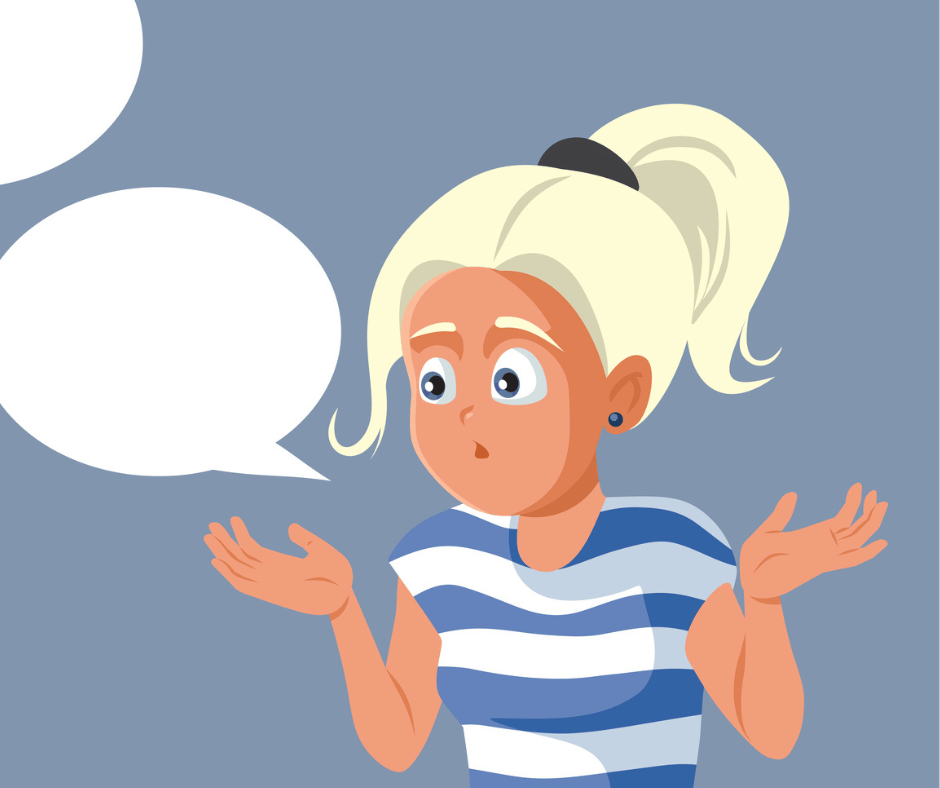In today’s fast-paced world, where children encounter numerous social interactions daily, the ability to resolve conflicts amicably is crucial. Teaching kids conflict resolution skills helps them navigate their relationships better and fosters emotional intelligence and empathy. This article delves into practical strategies parents can use to equip their children with these essential skills.
Understanding the Importance of Conflict Resolution
Conflict is an inevitable part of life, whether it’s a disagreement with a sibling over toys, a classroom dispute, or a misunderstanding with a friend. For children, learning how to handle these conflicts constructively is vital for their development. Practical conflict resolution skills can:
- Enhance Communication: Kids learn to express their feelings and listen to others.
- Build Empathy: Understanding different perspectives helps in developing empathy.
- Boost Problem-Solving Skills: Children become adept at finding solutions.
- Reduce Stress and Anxiety: Managing conflicts reduces emotional turmoil.
- Strengthen Relationships: Resolving conflicts positively can deepen bonds with peers.
Teaching Conflict Resolution: A Step-by-Step Approach
Model Positive Behavior
Children often learn by observing adults. In your interactions, demonstrate calm and constructive conflict resolution. Show them how to express feelings without aggression and listen actively to others’ viewpoints.
Encourage Open Communication
Create an environment where your children feel safe expressing their thoughts and emotions. Teach them to use “I” statements like “I feel upset when…” instead of blaming others. This approach helps reduce defensiveness and encourages open dialogue.
Teach Active Listening
Active listening involves fully concentrating on the speaker, understanding their message, responding thoughtfully, and remembering what was said. Teach your children to:
- Make eye contact.
- Nod or give verbal acknowledgments.
- Repeat or paraphrase what the other person said to ensure understanding.
Practice Problem-Solving Together
Guide your children through the steps of problem-solving:
- Identify the problem.
- Brainstorm possible solutions.
- Evaluate the pros and cons of each solution.
- Agree on a solution and implement it.
- Follow up to see if the solution worked.
Role-Playing Scenarios
Role-playing different scenarios can be a fun and educational way to practice conflict resolution. Create hypothetical situations and guide your children through resolving them. This practice helps build confidence and prepares them for real-life conflicts.
Set Clear Rules and Expectations
Establish clear rules about acceptable behavior and the consequences of not following them. Ensure that your children understand the importance of respect and fairness in all interactions.
Reinforce Positive Behavior
Praise and reward your children when they handle conflicts well. Positive reinforcement encourages them to continue using the skills they’ve learned.
Teach Emotional Regulation
Help your children understand and manage their emotions. Techniques like deep breathing, counting to ten, or taking a break can help them calm down before addressing the conflict.
Tools and Resources for Parents
Books and Stories
Reading books about conflict resolution can engage readers and provide valuable lessons. Look for age-appropriate stories that illustrate the principles of resolving disagreements.
Games and Activities
Many games and activities are designed to teach kids about cooperation and conflict resolution. Board games that require teamwork and collaboration can be particularly effective.
Workshops and Classes
Some communities offer workshops or classes on conflict resolution for children. These can provide structured learning opportunities and peer interactions.
Common Challenges and How to Overcome Them
Resistance to Change
Children might resist learning new ways to handle conflicts. Be patient and consistent in your approach.
Inconsistent Reinforcement
Ensure that all caregivers are on the same page regarding conflict resolution techniques.
High Emotions
Emotions can run high during conflicts. Teach your children to take a break and return to the discussion when they are calmer.
The Long-Term Benefits of Conflict Resolution Skills
Investing time and effort in teaching your children conflict-resolution skills pays off in the long run. As they grow, these skills will help them:
- Navigate complex social dynamics.
- Build strong, healthy relationships.
- Excel in collaborative work environments.
- Develop into empathetic and responsible adults.
In conclusion, teaching children conflict resolution skills is essential to parenting. It equips them with the tools they need to manage disputes constructively, fostering a more harmonious and empathetic society. By modeling positive behavior, encouraging open communication, and providing practice opportunities, parents can help their children become adept at resolving conflicts, paving the way for their personal and professional success.
